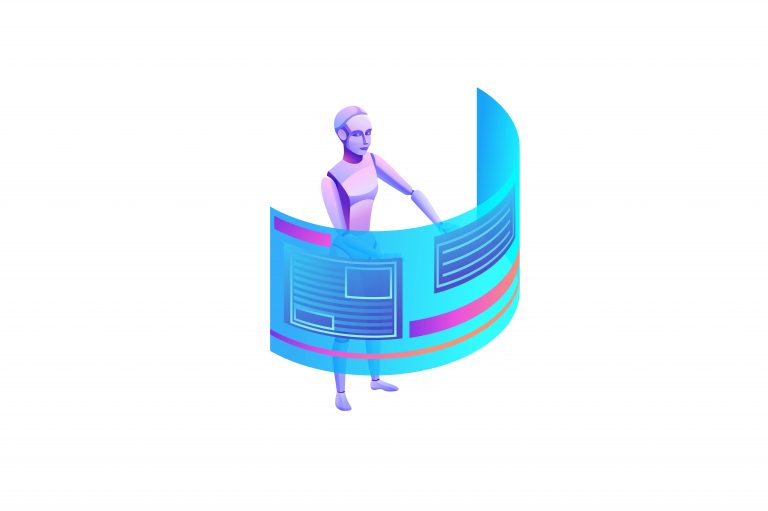
Categories
Why RPA is the ideal technology for integrating outdated systems

Perhaps you have heard that robotic process automation (RPA) is described by some as something temporary. In the past, the same critics considered user interface (UI) integration to be delicate and subject to the whims of the simplest appearance changes in basic applications.
There was a fraction of the truth in this argument, but everything is changing rapidly.
Nowadays, the technology uses more complex methods, such as computer vision, which allows software robots to better understand the information displayed on the screen. Robots are also less affected by minor changes.
At the same time, RPA needs to be compared with other integration approaches, as it is not a “either/or” situation, but rather a continuous set of integration approaches.

RPA is more flexible, faster and cheaper to deploy than APIs or integrated applications. APIs and integrated applications are generally better suited for large-scale transactions, but require much higher deployment costs and offer less flexibility.
Moreover, many organizations still have a large inventory of outdated green screen mainframe applications that cannot be integrated through APIs and for which RPA is the ideal solution.
Finally, people underestimate the costs associated with changes. Any business process provider or large organization knows that educating people to run processes in different (and larger) ways is expensive and time-consuming. Reconfiguring the RPA script is relatively cheap.
In conclusion, RPA is not just a temporary implementation. It is a fundamental strategic tool that allows organizations to respond effectively to the needs of modern business.